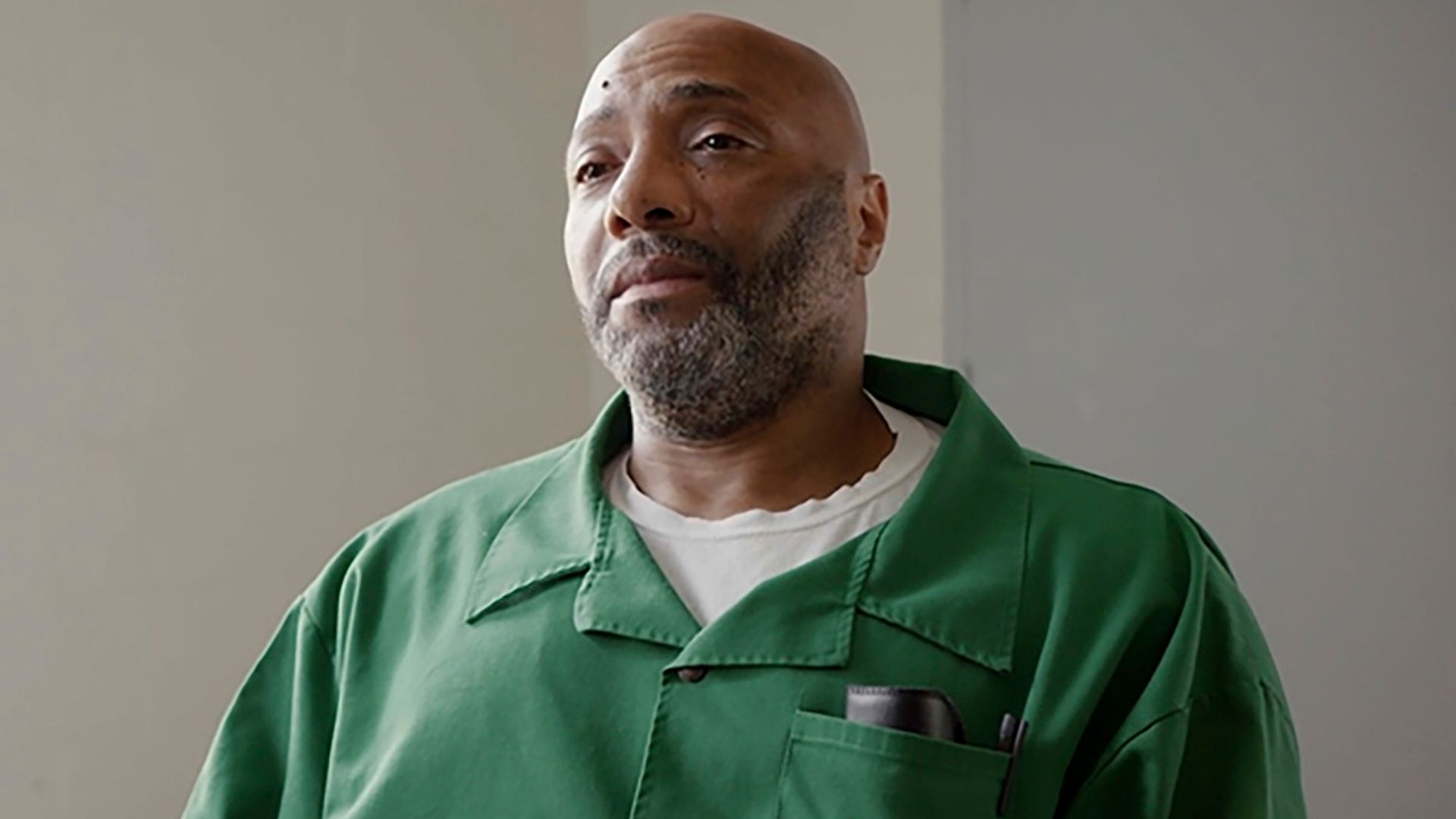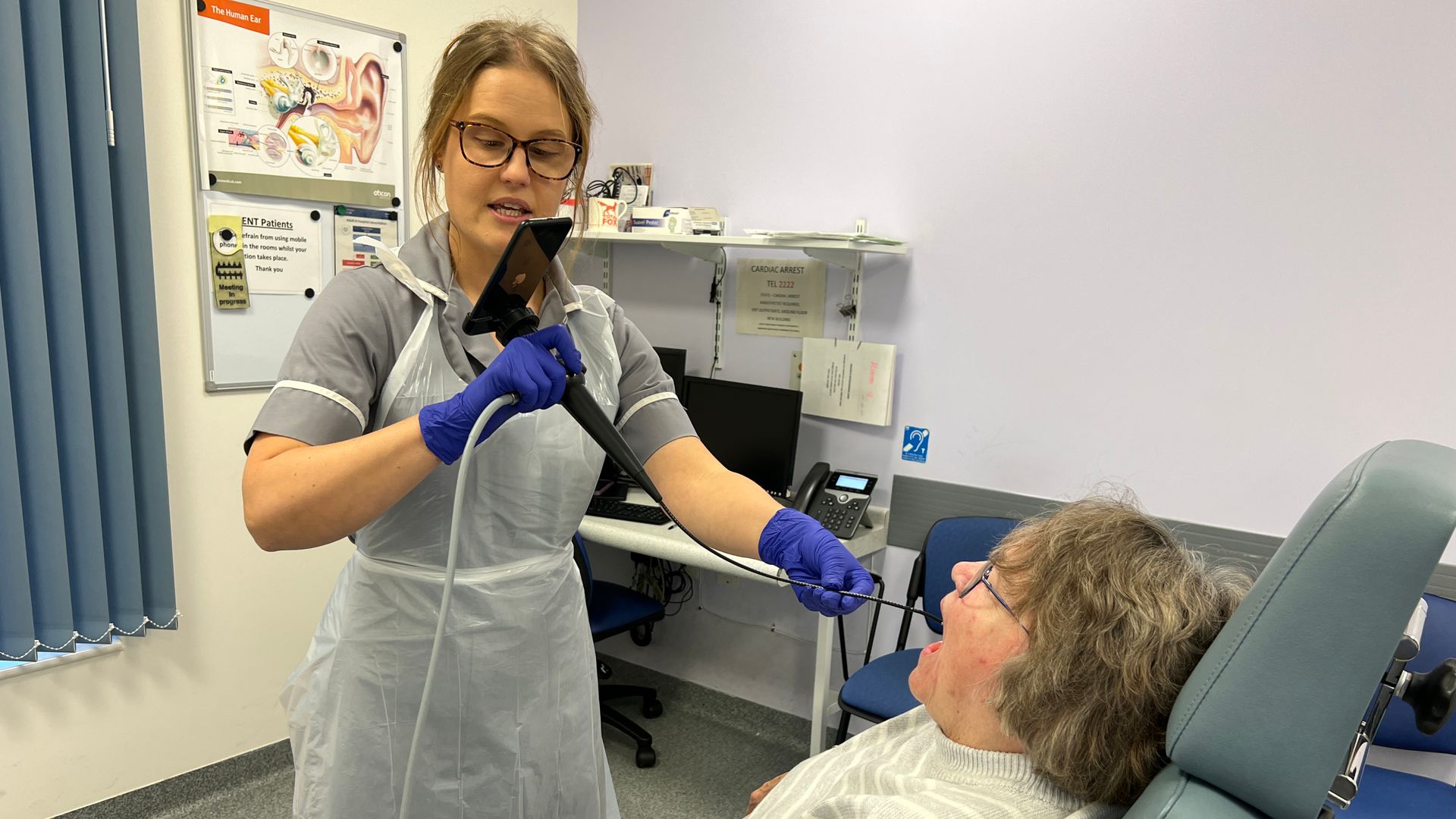
Editor’s note: A version of this story was originally published in May 2015.
Lightning is an incredible phenomenon, and it happens a lot. Two Newburgh boys were shocked by a lightning strike from inside their home during a powerful thunderstorm that passed through the Bangor region on Sunday afternoon. So you might want to know a few things about how it works and the risks associated with it.
What are the odds of getting struck by lightning?
The odds of being struck over an 80-year life are one in 3,000, according to the National Severe Storms Laboratory. Or, as the Economist figured it, each year the odds you will die by lightning strike are 10,495,684 to one. You’re more likely to die by lightning strike than a dog bite, where the odds are 11,273,142 to one.
But, of course, the odds are you’re way more likely to die from heart disease (467 to one), walking (54,538 to one), post-surgery complications (117,519 to one) or falling down stairs (157,300 to one ) in a given year.
Who’s been hit most?
Guinness World Records awards “most lightning strikes survived” to Roy C. Sullivan, a former park ranger in Virginia, who lived through seven strikes.
According to Guinness World Records: “His attraction for lightning began in 1942 (lost big toe nail) and was resumed in 1969 (lost eyebrows), in July 1970 (left shoulder seared) on 16 April 1972 (hair set on fire), on 7 August 1973 (new hair re-fired and legs seared), on 5 June 1976 (ankle injured) and on 25 June 1977 (chest and stomach burns). In September 1983 he died by his own hand, reportedly rejected in love.”
How does lightning happen?
It’s all about hot and cold. Strong updrafts carry small water droplets from the lower region of a storm, up miles above the freezing level. Then, downdrafts bring ice and hail from the upper reaches of the storm. When the updrafts and downdrafts collide, the water droplets alter their form — freezing and releasing heat. The heat keeps the surface of the hail slightly warmer than its surrounding environment, and it continues to collide with other hail and pieces of ice.
That’s when “electrons are sheared off of the ascending particles and collect on the descending particles. Because electrons carry a negative charge, the result is a storm cloud with a negatively charged base and a positively charged top,” according to the National Oceanic and Atmospheric Administration.
“In the world of electricity, opposites attract and insulators inhibit. As positive and negative charges begin to separate within the cloud, an electric field is generated between its top and base. … When that charge threshold is reached, the strength of the electric field overpowers the atmosphere’s insulating properties, and lightning results.”
Is it possible to have lightning without thunder?
No. Thunder is a natural part of the process.
Lightning is hot — up to five times the temperature of the sun’s surface. So when it strikes, it heats the air up around it really fast — in a fraction of a second. When any air molecules heat up, they expand. The faster they’re heated, the faster they expand. In lightning’s case, they’re heated so fast, they form a shock wave similar to a sonic boom.
Does lightning come from the ground or sky?
Both. A lightning flash brings down a path of negative electricity. Because objects on the ground typically have a positive charge, and because opposites attract, “an upward streamer is sent out from the object about to be struck. When these two paths meet, a return stroke zips back up to the sky,” according to the National Severe Storms Laboratory.
It all happens so fast — in about one-millionth of a second — that the formation of the stroke is not something the human eye can see.
Does lightning strike the same spot twice?
Yes. It happened when lightning struck a church steeple in Grand Isle. The same steeple was also struck in 2007.
“It could be simply a statistical fluke (i.e., with all the lightning that occurs, eventually lightning will strike somewhere near a previous lightning strike within a short period of time). It could also be that something about the site makes it somewhat more likely to be struck,” according to the National Severe Storms Laboratory.









